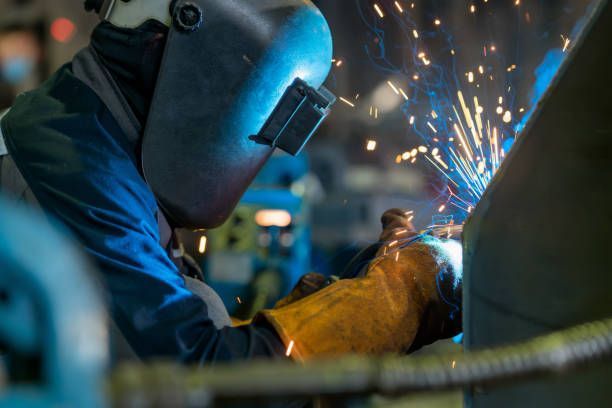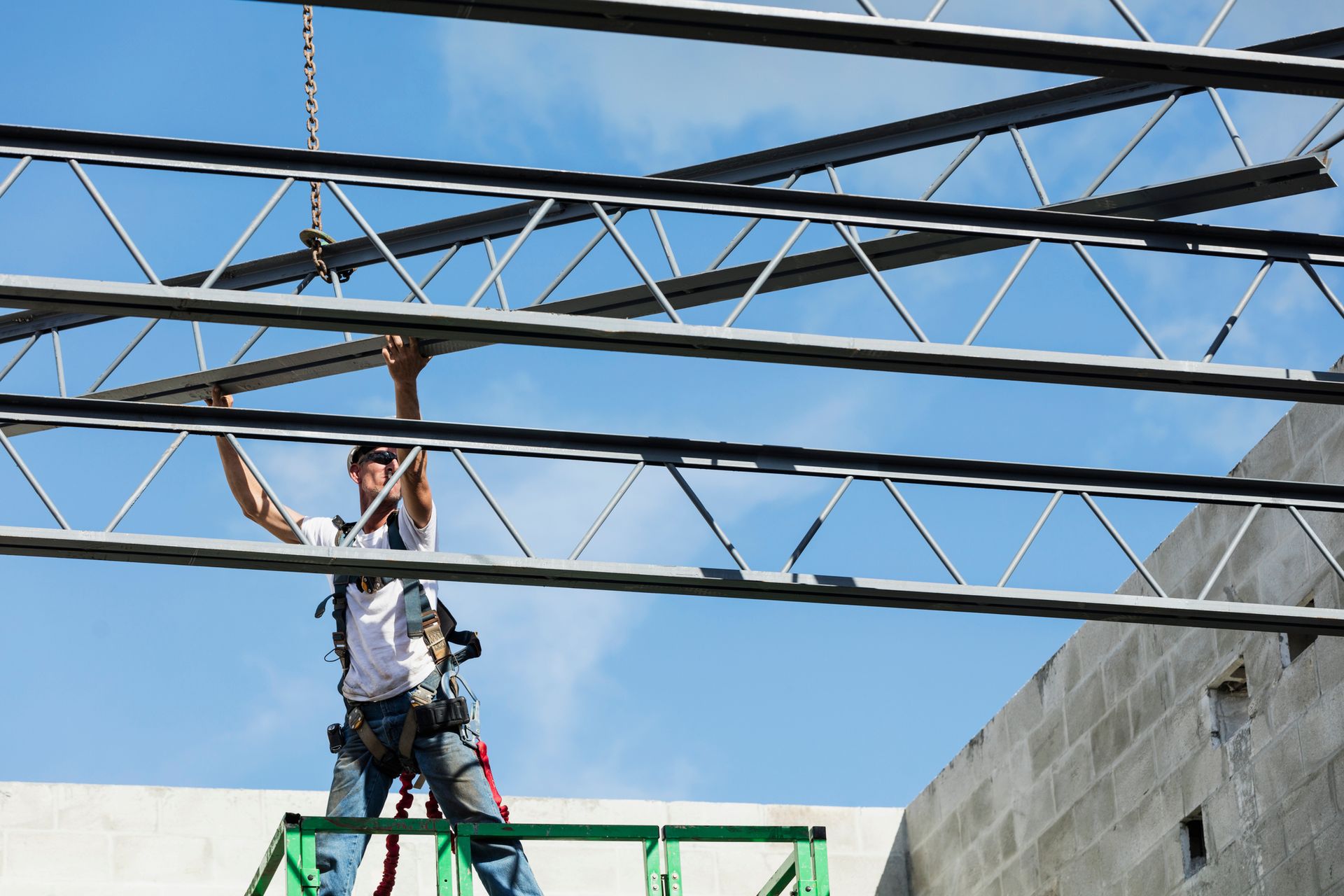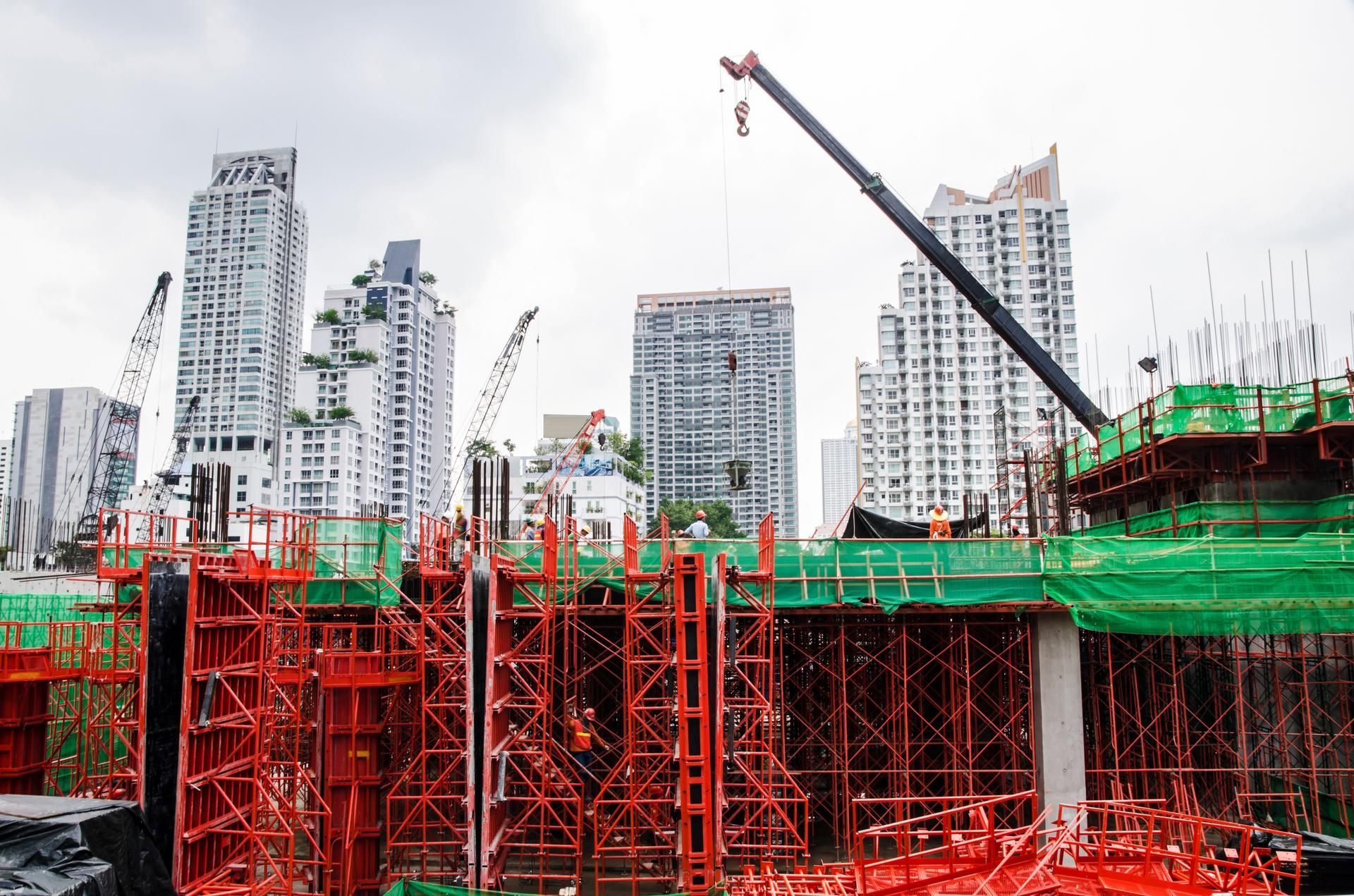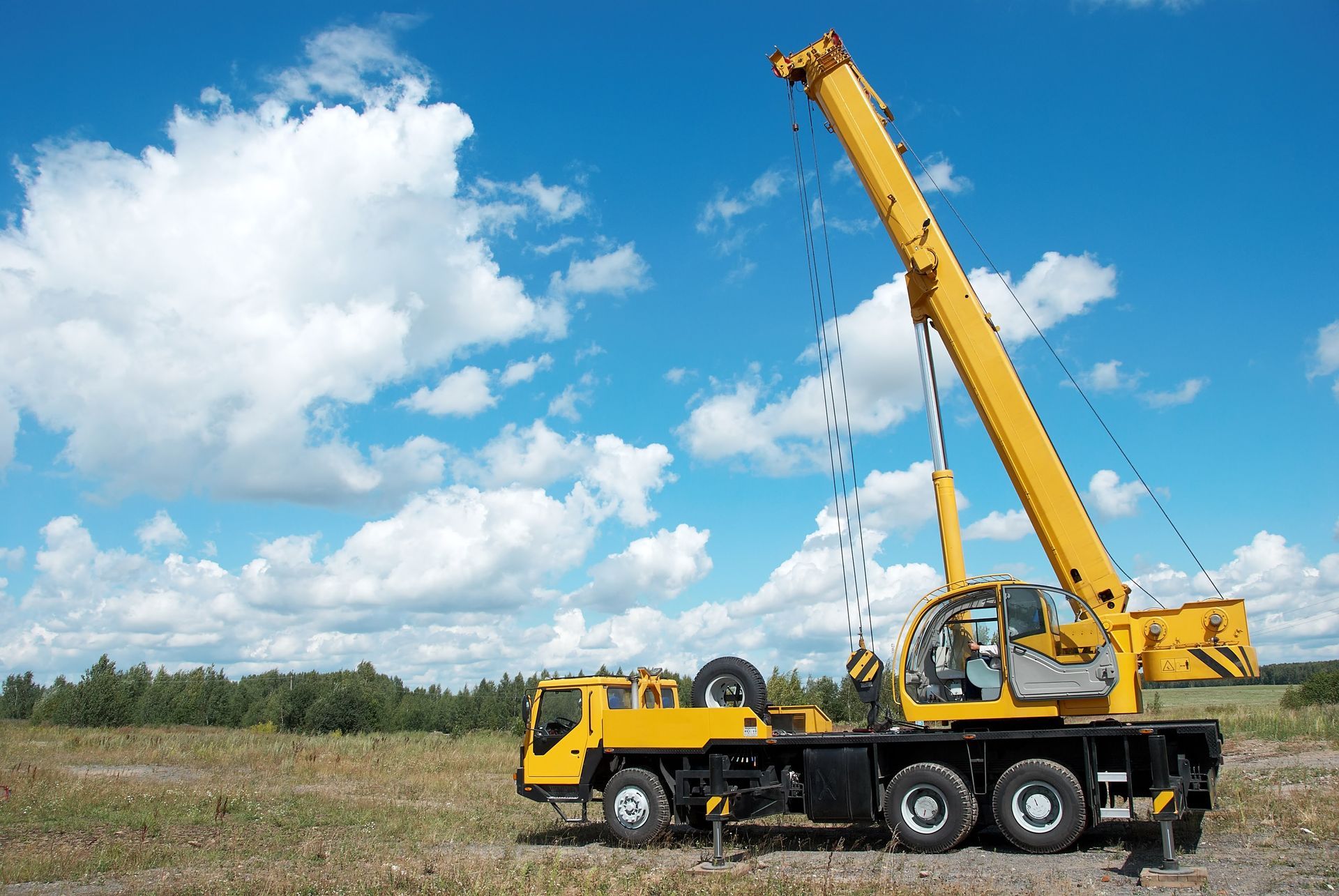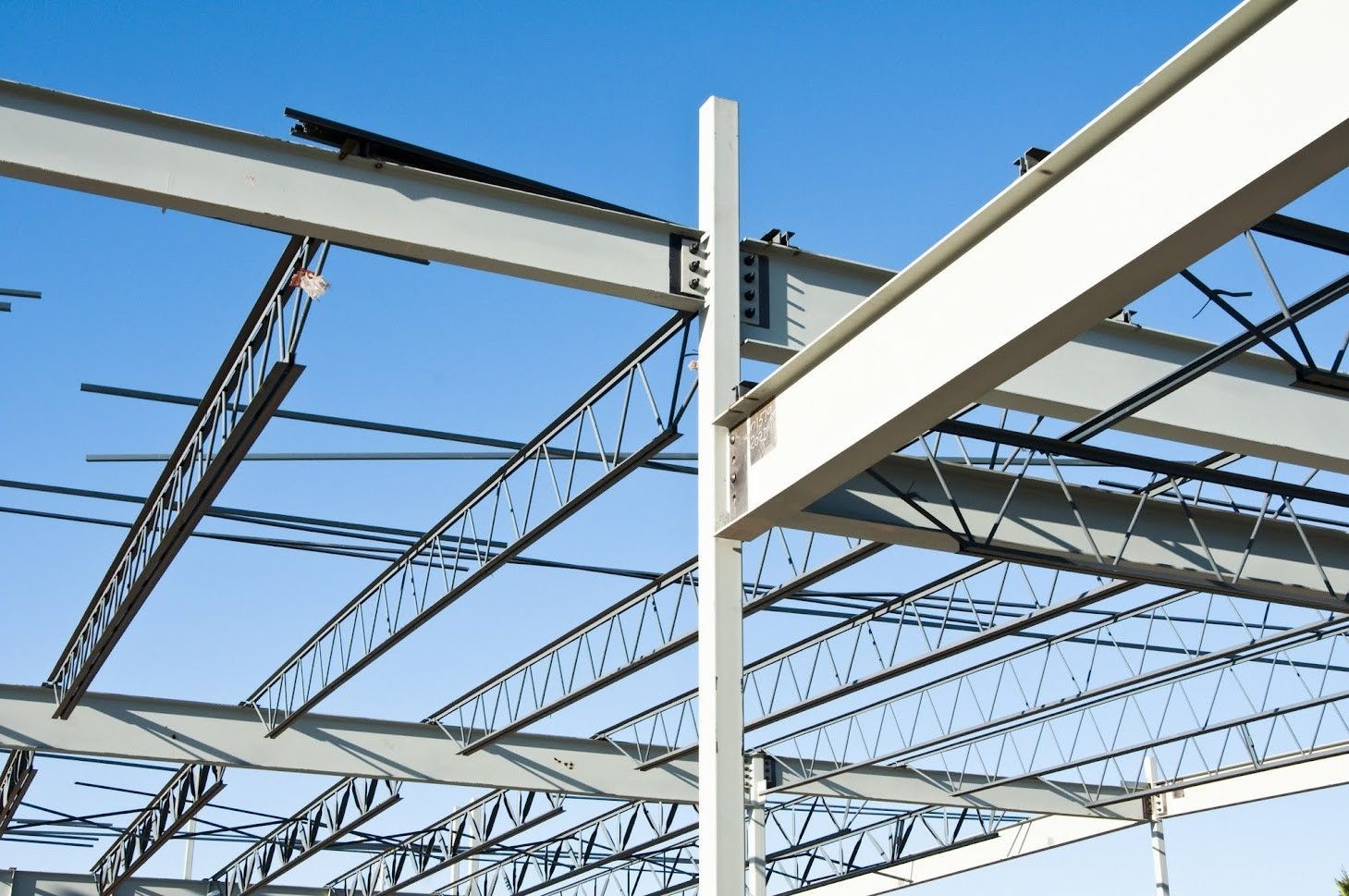7 Tips to Operate a Crane Safely

Cranes are conventional machines that can ease heavy workloads that require you to lift and move loads through horizontal spaces. However, heavy machinery like cranes generates potential risks of injury and property damage if the operators and on-site workers do not follow safety protocols and rules. If you want to operate a crane safely, follow these seven tips to maximize safety at your work site.
1. Use a Certified Operator
The Occupational Safety and Health Administration (OSHA) created an industry standard for the operation of cranes that the organization implemented in 2017. The standard tests operators with a written and practical test to ensure they understand and can apply safety standards when they operate cranes. As a project or construction work manager, ensure that all crane operators undertake and pass this test before they can work with cranes.
2. Hire the Right Crane for the Job
Mobile cranes come with different designs and functionalities, each designed for a specific operating environment. For example, crawler cranes are more suitable for soft terrains, while rough-terrain cranes can handle rough environments. Before you hire a crane, understand the specifications of each model and the environment they will work in.
3. Understand the Operator's Manual
While operators who pass OSHA's suitability tests are ready to work with cranes, they should still read the manuals to understand how the crane operates. The operator should understand each model's controls, safety mechanisms, counterweights, load stabilizers, and capacity.
Also, the manual can help avoid the improper use of cranes. Crane designers engineer cranes to lift loads upwards. If the operator uses the crane to drag loads, it could stress the boom and other components. This stress can weaken the crane's structural integrity and compromise safety for the operators and other on-site workers.
4. Use Personal Protective Equipment (PPE)
OSHA requires workers operating heavy machinery to use PPEs as a standard measure against injury. Thus, all operators, workers, and visitors near the crane should wear PPEs like hard hats to protect their heads against impact and reflective jackets to increase visibility.
5. Remain Aware of Environmental Conditions
While you operate a crane, always remain aware of all environmental conditions to avoid accidents and mishaps. Always communicate with the spotters to understand the ground situation before every activity.
For example, always check to see if the ground is clear before you lift and lower the crane. Also, remain aware of overhead obstacles like power lines, tree branches, internet lines, and tall buildings to avoid damage to these facilities and the crane.
Another factor to consider is the weather conditions in your area. High and extreme winds can swing the crane widely and cause it to knock over or release the load. If you notice any high-speed winds, stop the crane immediately and reassess the work site's safety. Alternatively, you can wait out the wind if it is temporary.
6. Control the Crane's Swing
The crane uses the boom and counterweight to control the load's swing, establishing a swing arc you can determine to cordon off the area near the crane. Also, the operator should balance the counterweight's mass and boom height to prevent excessive swinging.
7. Inspect the Crane Before Each Use
Every time you want to use the crane, ensure that an inspection team confirms its condition before the job. Check the fuel supply and fluids, as well as the mechanical, electrical, and structural components to ensure the crane is fit. The inspection can avoid accidents that could happen due to lack of prior knowledge or underlying issues with any of these components.
Once you understand these tips, you are ready to operate a crane will full confidence that you can avoid mishaps at your work site. Contact us at Sentry for crane rental services.


